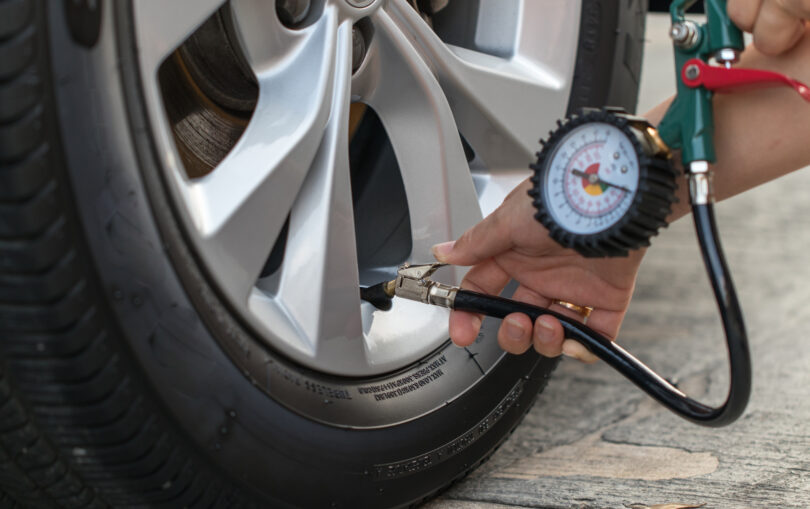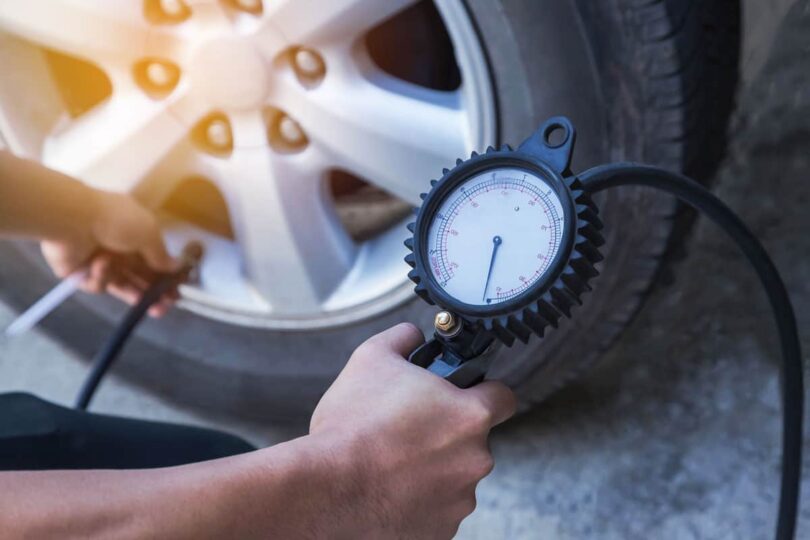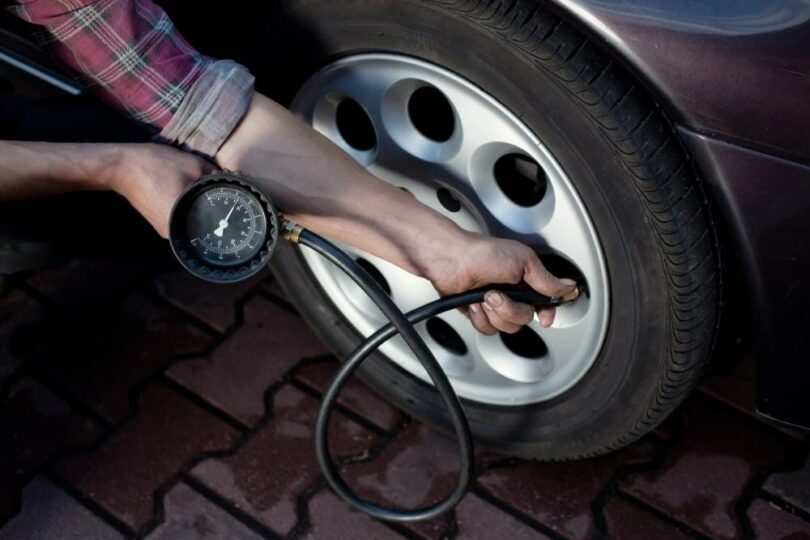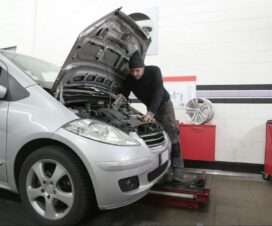 |
Proper tire pressure is crucial for safe and efficient driving. Yet, many drivers overlook the importance of maintaining optimal tire pressure, unaware of the potential risks they face. Driving with low tire pressure not only affects the performance and longevity of your tires but also compromises your safety on the road. In this article, we will explore the hazards associated with low tire pressure, highlight the warning signs to watch for, and emphasize the significance of timely tire repair to ensure your safety.
The Dangers of Low Tire Pressure

Source: vehq.com
1. Increased Risk of Tire Failure
Low tire pressure places excessive stress on the tire structure. Underinflated tires have reduced load-carrying capacity and are more susceptible to overheating. The additional strain can cause the tire to flex excessively, leading to accelerated wear, sidewall damage, and even tire blowouts. Driving on underinflated tires significantly increases the risk of sudden tire failure, compromising your control over the vehicle and potentially resulting in a collision.
2. Reduced Traction and Stability
Proper tire inflation ensures optimal contact between the tire tread and the road surface, providing traction and stability. When tires are underinflated, the tread area in contact with the road decreases, reducing traction. This can result in longer braking distances, decreased maneuverability, and an increased risk of skidding or hydroplaning in wet conditions. Maintaining proper tire pressure is essential for maximizing grip and ensuring safe handling of your vehicle.
3. Poor Fuel Efficiency
Low tire pressure can negatively impact your vehicle’s fuel efficiency. Underinflated tires increase rolling resistance, requiring the engine to work harder to propel the vehicle forward. This additional strain leads to increased fuel consumption and decreased mileage. By maintaining proper tire pressure, you can optimize your vehicle’s fuel efficiency, saving money and reducing your environmental footprint.
Warning Signs of Low Tire Pressure

To prevent the dangers associated with low tire pressure, it’s essential to recognize the warning signs indicating the need for tire repair:
1. Tire Pressure Monitoring System (TPMS) Warning Light
Most modern vehicles are equipped with a Tire Pressure Monitoring System (TPMS), which alerts you to low tire pressure. If the TPMS warning light illuminates on your dashboard, it’s crucial to take immediate action. Do not ignore the warning or assume it will resolve itself. Instead, check your tire pressure using a reliable pressure gauge and adjust it to the manufacturer’s recommended levels.
2. Visual Inspection
Regularly inspecting your tires can provide visual cues of low tire pressure. Look for signs of noticeable tire sagging or bulging, which indicate a loss of air pressure. Additionally, examine the tire sidewalls for cracks, cuts, or other signs of damage. If you notice any irregularities, consult a tire repair professional for a thorough inspection and appropriate repairs.
3. Changes in Vehicle Handling
Low tire pressure can affect your vehicle’s handling characteristics. If you notice a significant change in the way your vehicle responds to steering inputs, such as increased drifting or difficulty maintaining a straight line, it could be an indication of low tire pressure. Reduced stability and compromised handling should never be ignored, as they pose serious safety risks.
The Importance of Timely Tire Repair

Prompt tire repair is crucial for maintaining safety on the road. When you suspect low tire pressure or encounter warning signs, it is essential to seek professional tire repair services for the following reasons:
1. Accurate Diagnosis:
Tire repair professionals have the expertise and specialized equipment to accurately diagnose the cause of low tire pressure. They can determine whether the issue stems from a slow leak, valve stem problem, puncture, or other factors. By identifying the root cause, they can provide the most appropriate and effective repair solutions.
2. Quality Repairs:
Attempting DIY repairs or using temporary fixes for low tire pressure is not recommended. Tire repair professionals have the necessary tools and materials to conduct reliable and long-lasting repairs. They ensure that the damaged tire is properly patched, preventing air leakage and maintaining tire integrity.
3. Comprehensive Inspection:
Seeking professional tire repair services allows for a comprehensive inspection of all tires. Tire service providers can assess the overall condition of your tires, check for hidden damage, and identify potential hazards that may compromise your safety in the future. Comprehensive inspections contribute to maintaining tire performance and preventing further issues down the road.
Drive Safely!
Driving with low tire pressure poses significant risks to your safety and the performance of your vehicle. The dangers include increased tire failure, reduced traction and stability, and decreased fuel efficiency. Recognizing the warning signs of low tire pressure, such as TPMS alerts, visual tire inspection, and changes in vehicle handling, is crucial for prompt action. Seeking professional tire repair services is vital for accurate diagnosis, quality repairs, and comprehensive tire inspections. By addressing low tire pressure in a timely manner, you can ensure your safety on the road, maximize tire longevity, and maintain optimal vehicle performance.


